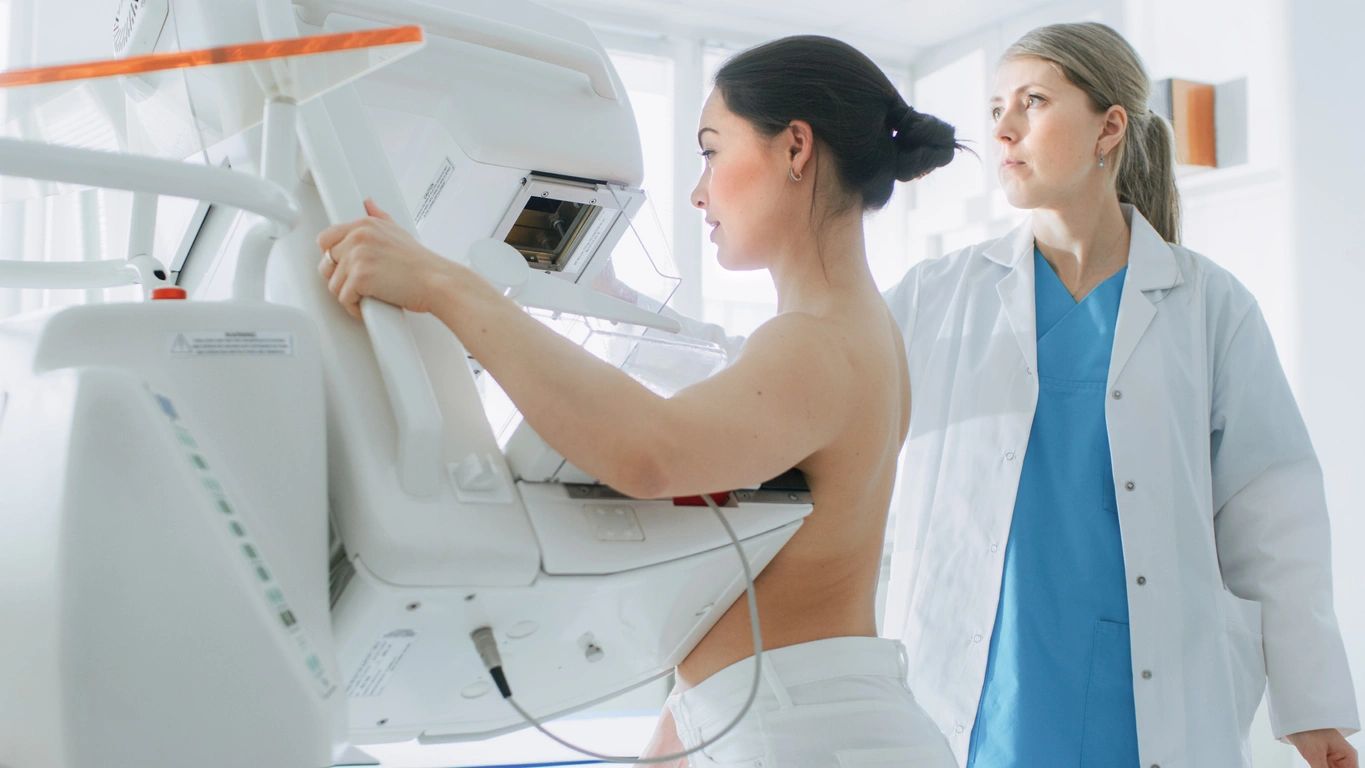
Boost Your Confidence With the Help of Breast Augmentation
Breast enlargement, or augmentation mammoplasty, enhances the body contour of a woman who is unhappy with her small breast size. Other purposes of this procedure include:
- To correct reduction in breast volume after pregnancy.
- To balance a difference in breast size.
- As a reconstructive technique following breast reconstruction due to cancer.
Augmentation mammoplasty is done on an outpatient basis in our surgical center, usually under general anesthesia. If you are a breast cancer patient, you may anticipate this surgery to be done in a hospital, where you will be required to stay at least overnight. An implant (prosthesis) is placed through an incision, under the breast tissue or under the muscle. The incision can be made under the breast, around the nipple or under the arm. A breast implant is composed of an outer silicone shell filled with saline or silicone. The outer surface may be smooth or textured, and implants come in various shapes (from round to teardrop) to meet the individual woman’s needs and desire.
When the implant is placed sub muscularly under the breast, there is a lower chance of contracture (contracture is the formation of firm scar tissue around the implant), and mammography is more reliable. There is also less risk of visible or palpable implant edges.
Determining Implant Size
The shape of your augmented breasts depends on the implant. Implants may be round or teardrop-shaped (anatomical). The choice depends on the look you want to achieve: Anatomical implants produce a gentle slope, resulting in a fuller upper area, whereas round implants create a round curve in the upper part of the breast. Another factor to consider prior to surgery is breast width, which determines the amount of “cleavage” between your breasts and the outer curves, which you may want to balance with your hips.
Realistic expectations of this procedure are important. Women often think of breast size in terms of bra cup size. If you are currently a size “A” and wish to be a size “C”, there must be adequate existing breast tissue coverage; otherwise you will be warned of visible or palpable implant edges and other possible risks.



